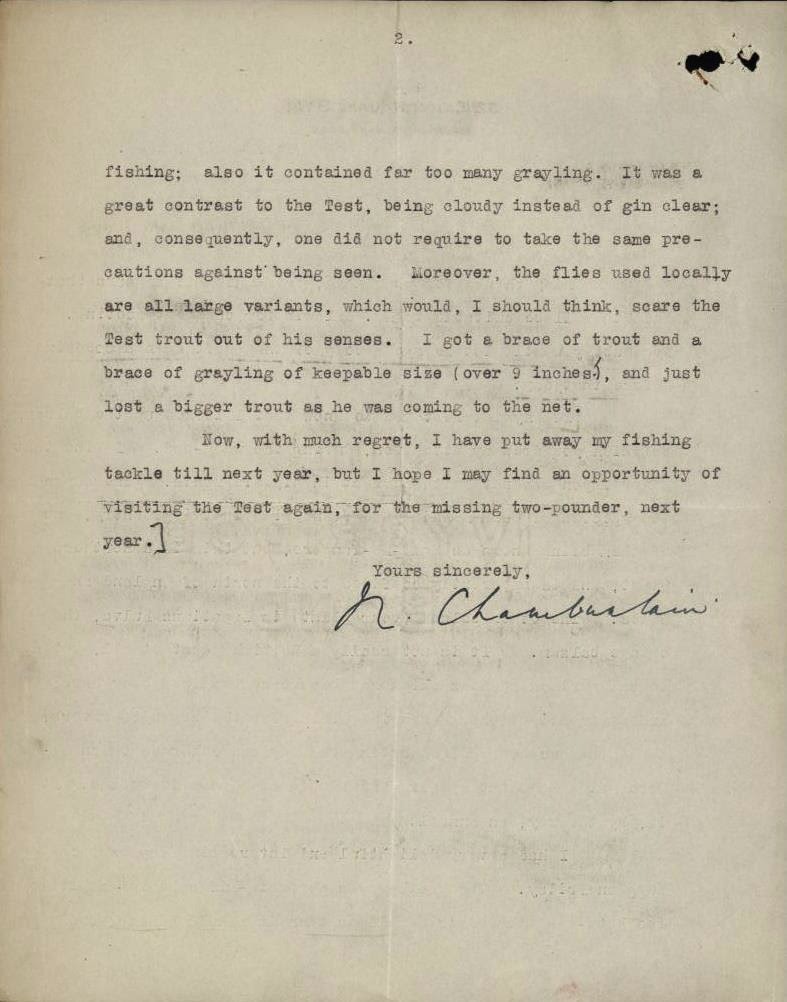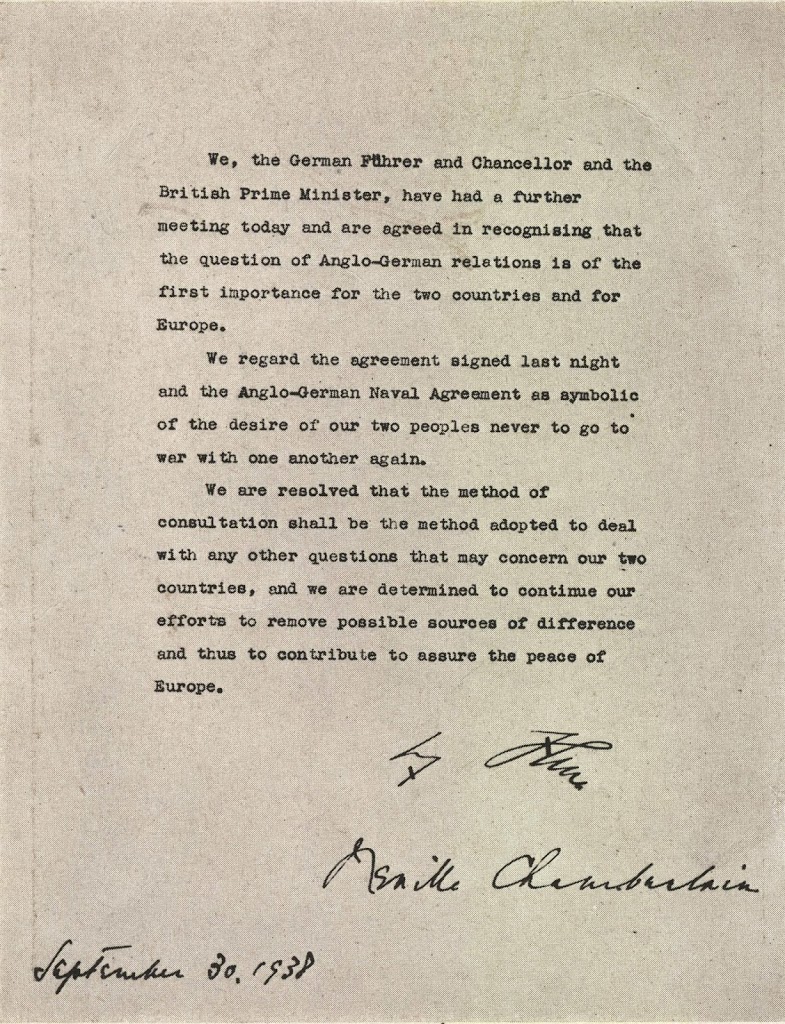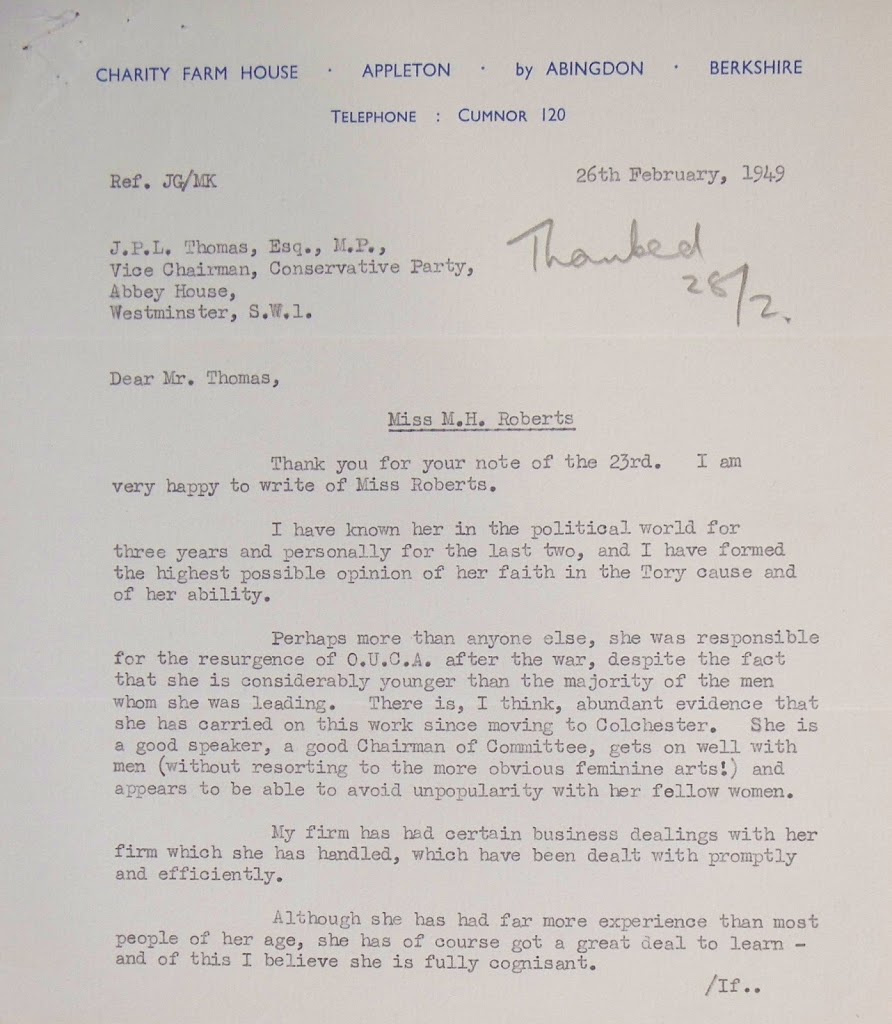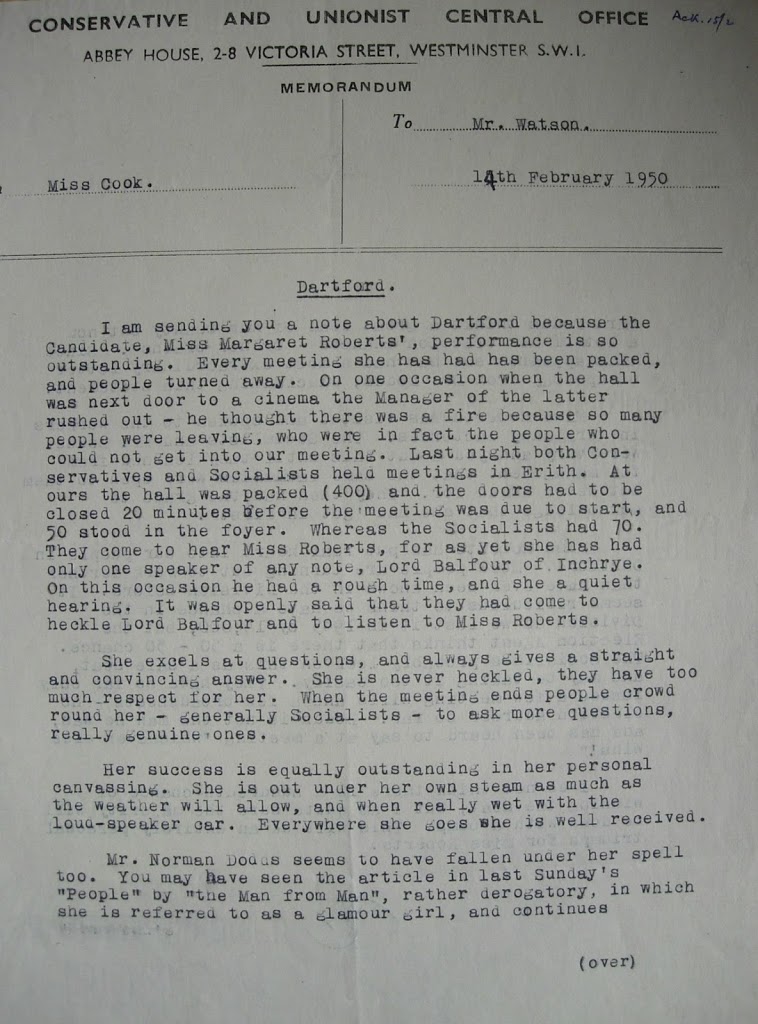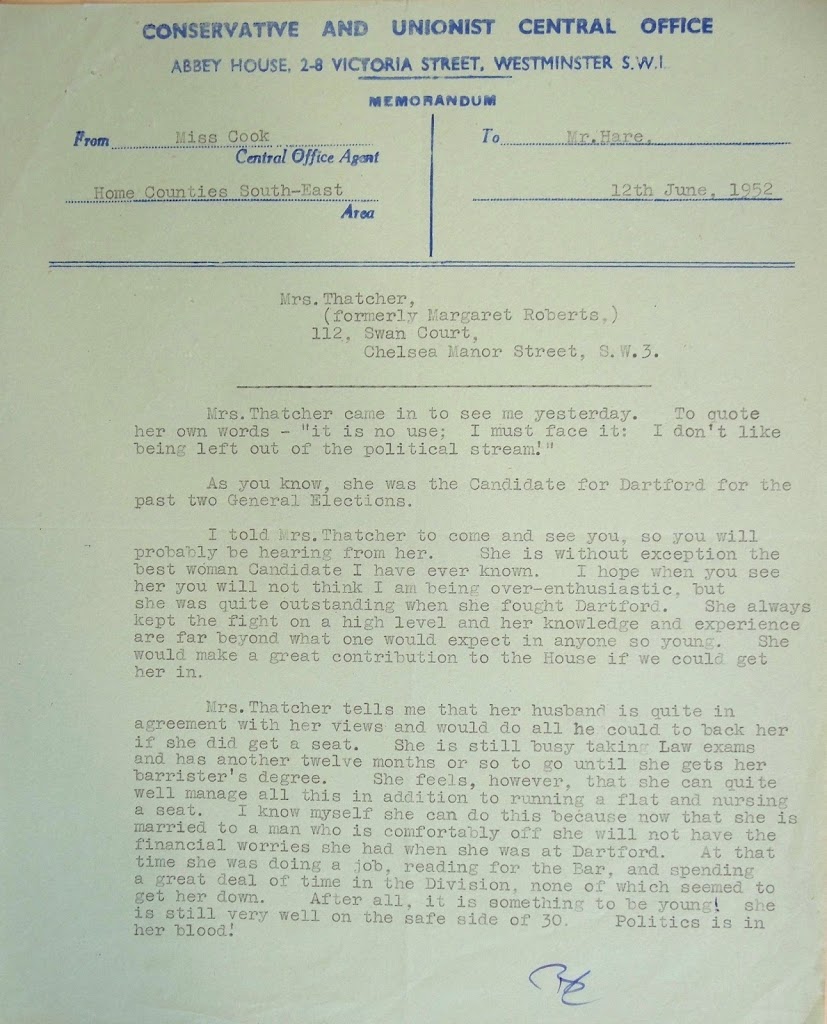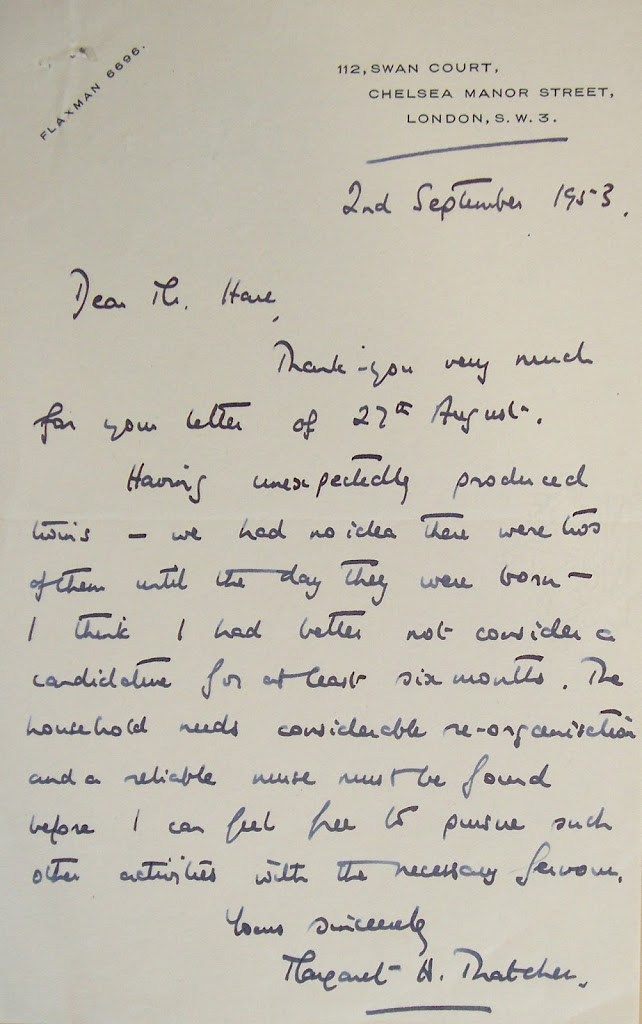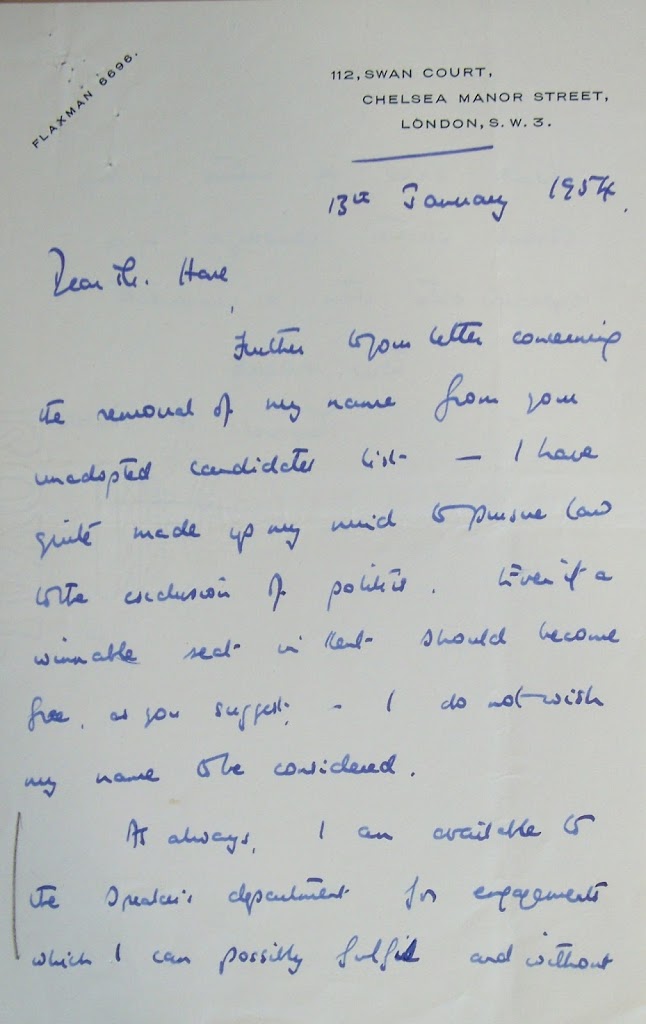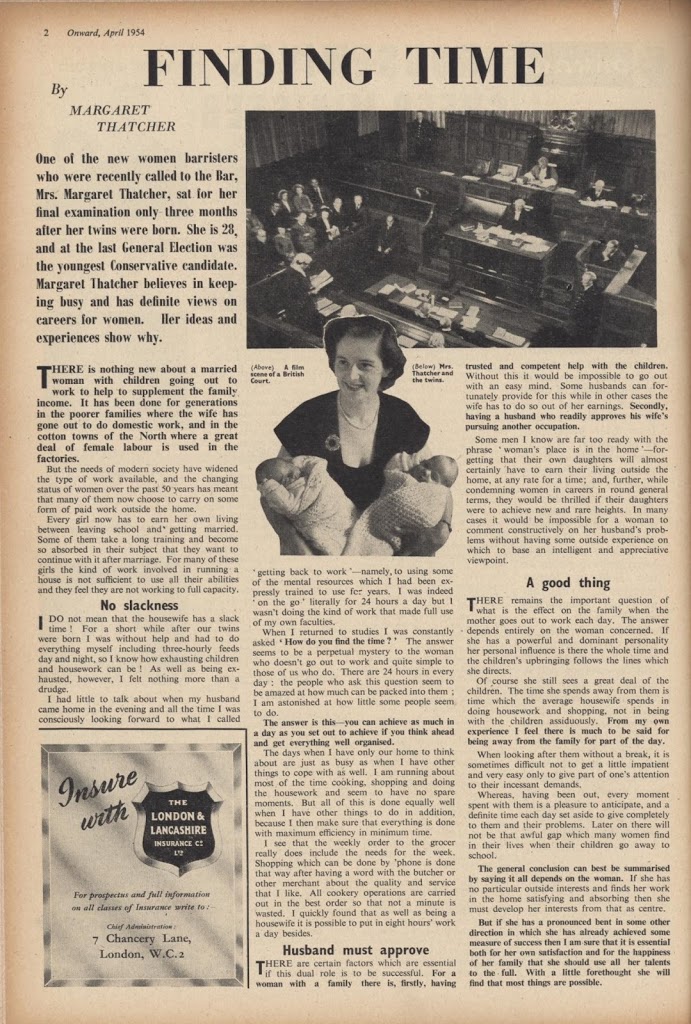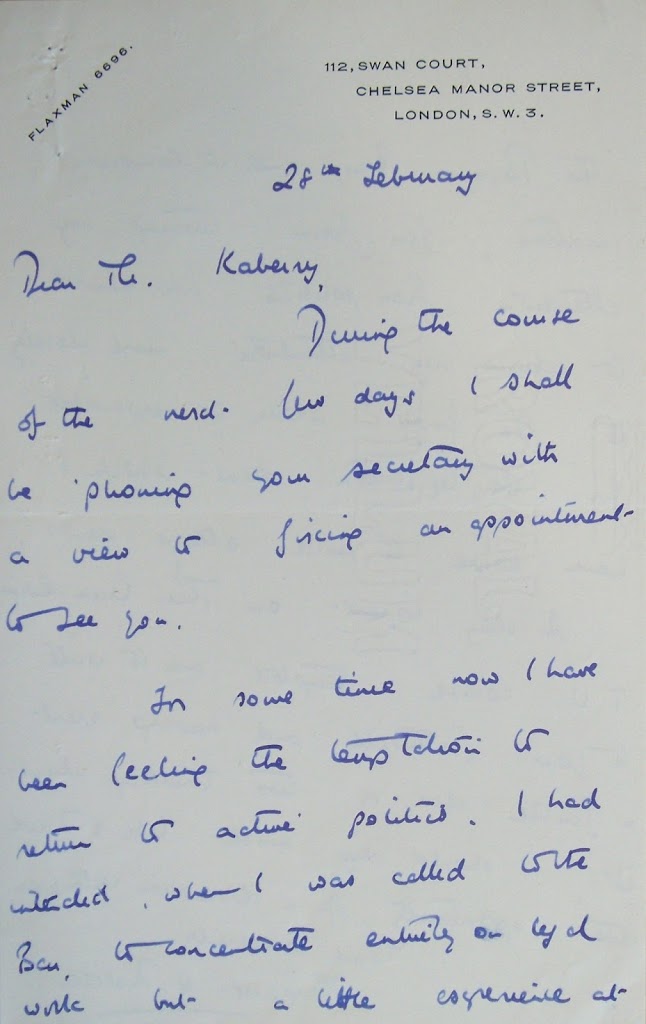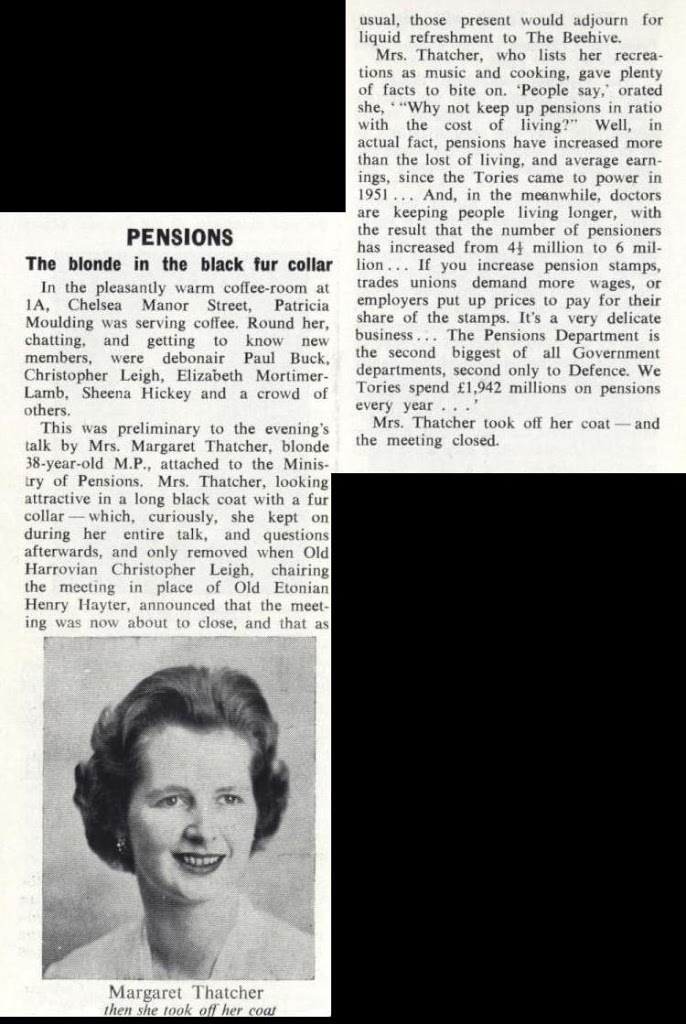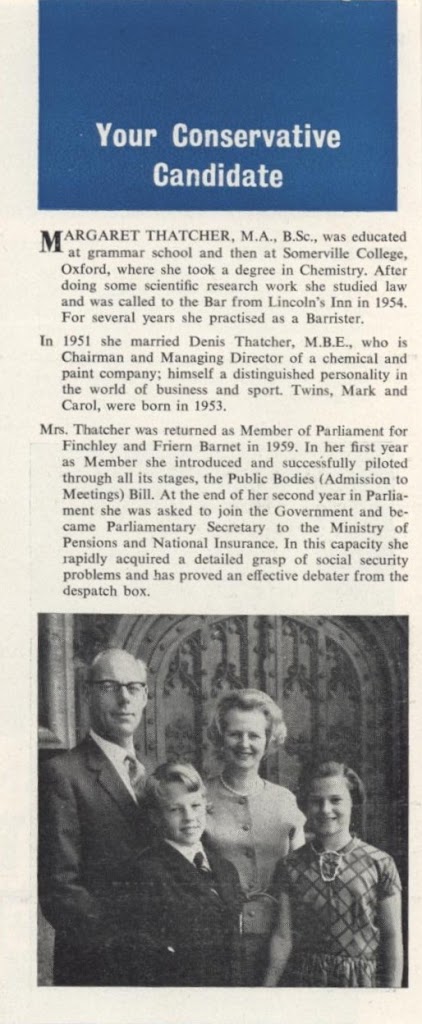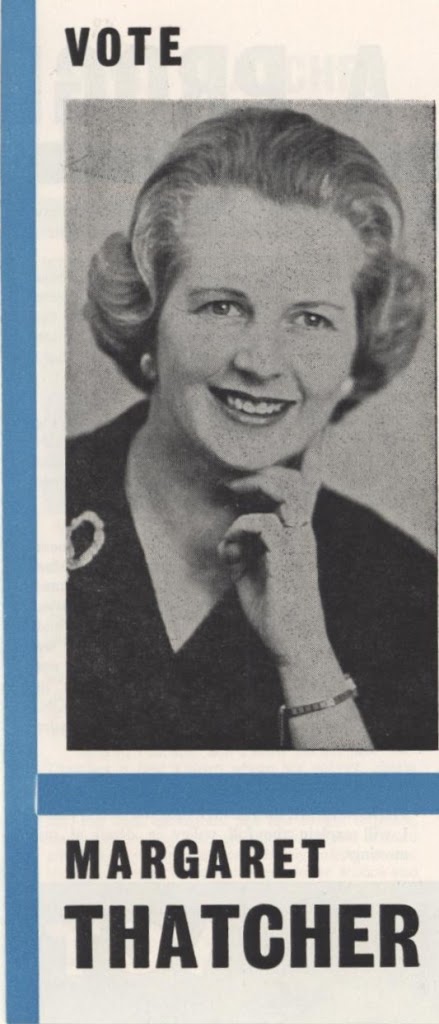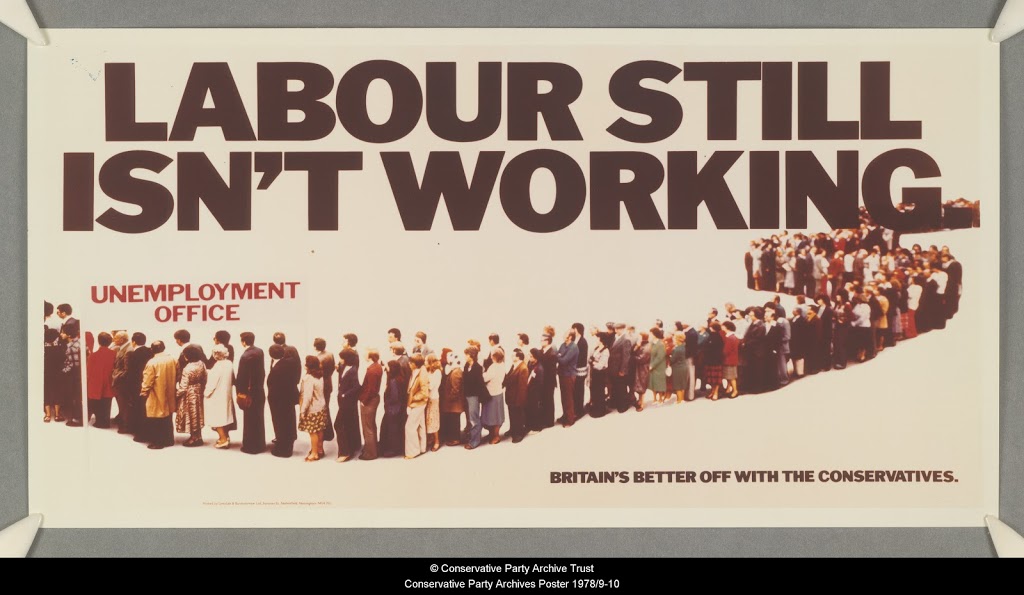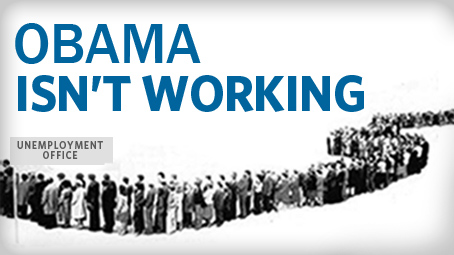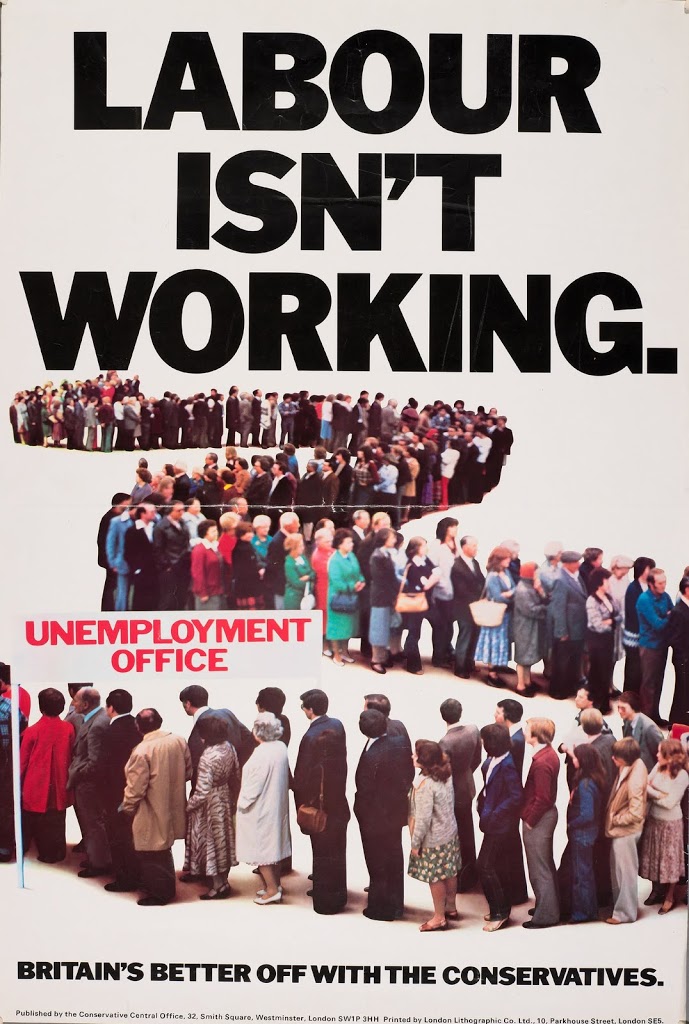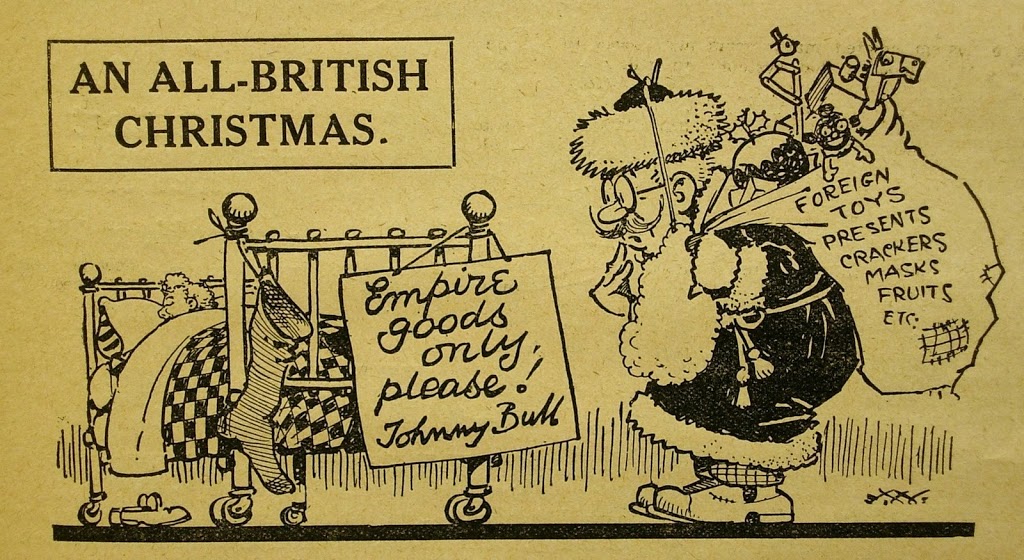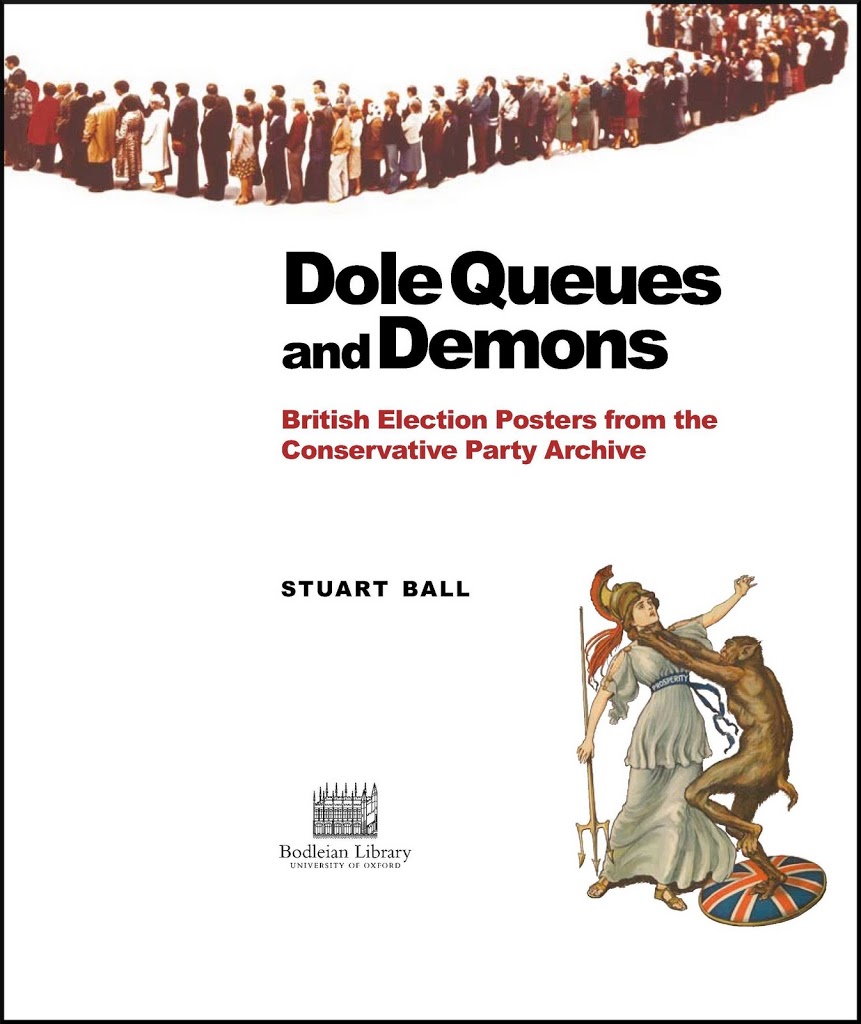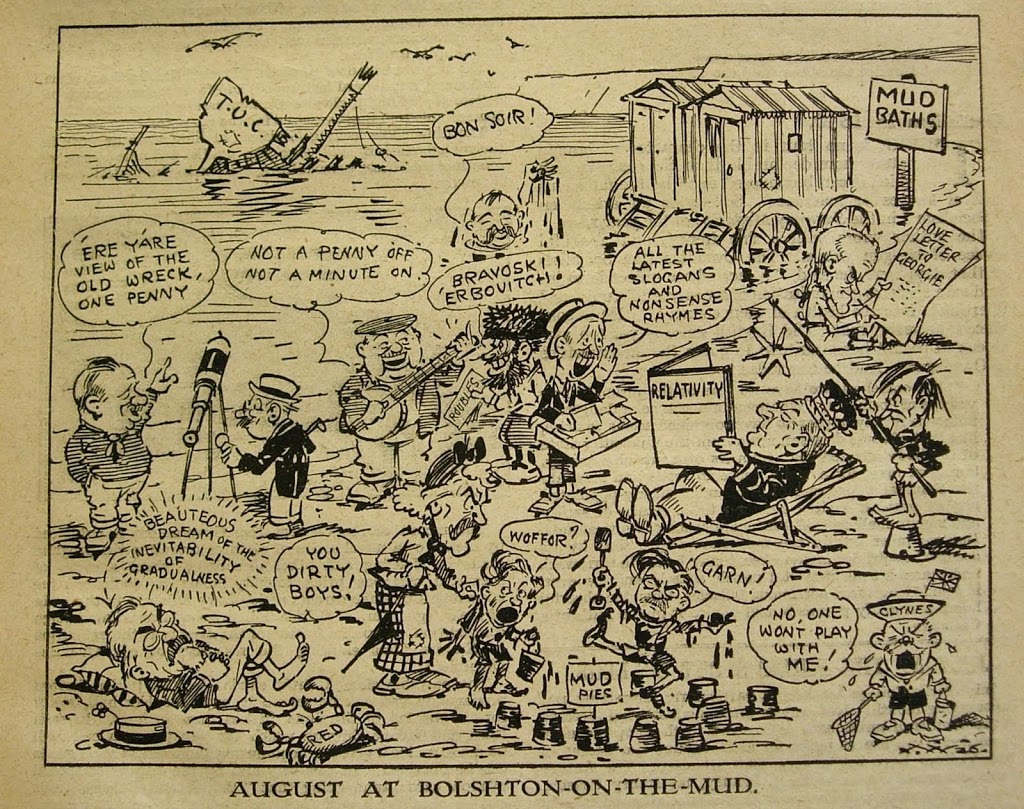Tag Archives: Conservative Party
Happy birthday to…the 1922 Committee
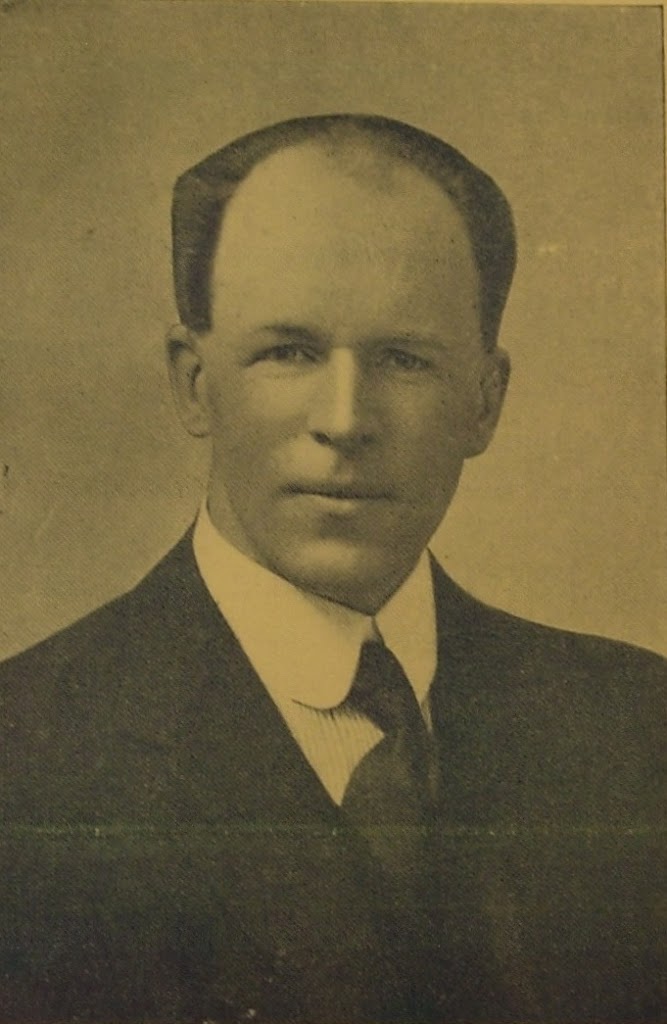 |
| Gervais Rentoul, MP for Lowestoft, 1922-1934, and first chairman of the 1922 Committee |
A Tribute to Baroness Thatcher of Kevesten
Lady Thatcher, who died on Monday, was part of a distinguished line of twenty six British Prime Ministers educated at Oxford University, where she studied Chemistry at Somerville College between 1943-1947 under the supervision of Dorothy Hodgkin, with whom she continued an occasional correspondence well into the 1980s (Hodgkin Papers, and Additional Hodgkin Papers, Bodleian Library).
Her political career is fully captured in documents held within the Conservative Party Archive at the Bodleian, from canvassing in Oxford during the 1945 General Election campaign and her tenure as President of the Oxford University Conservative Association in 1946, through her long struggle for election to Parliament, her holding of a range of junior Ministerial and Opposition posts from 1961 leading to her appointment to Heath’s Shadow Cabinet in 1967, as Education Secretary in the 1970-1974 Conservative Government, Leader of the Conservative Party from 1975, and onward through her tumultuous period as Prime Minister, 1979-1990.
Below is a chronological selection of material from the Conservative Party Archive which illustrates Thatcher’s rise through the Conservative Party ranks between 1949-1979.
Romney’s riff on Labour Isn’t Working
Those of you who are following the presidential election campaign in the US may have noticed Romney’s ‘Obama isn’t working’ campaign, launched last year. The campaign’s key poster is, as Romney calls is, a ‘tribute’ to one of the most famous British election posters. Saatchi and Saatchi’s Labour Isn’t Working poster, called the poster of the century in 1999, is still remembered by Conservatives and non-Conservatives alike. It proves one of the most popular images at each year’s Conservative Party Conference, and it appears regularly in the press as the emblem of an era.
 Romney’s campaign manager Stuart Stevens wrote a blog post explaining their choice to emulate the Thatcher campaign, which called a ‘historic political poster depicting the negative economic conditions and the government’s failed attempts to correct that path’.
Romney’s campaign manager Stuart Stevens wrote a blog post explaining their choice to emulate the Thatcher campaign, which called a ‘historic political poster depicting the negative economic conditions and the government’s failed attempts to correct that path’.
The original poster(s) addressed the rising rate of unemployment in Britain. The dole queue for the photo shoot was made up of Party members from Brent North and Hendon in north London. It was originally designed for an expected autumn 1978 general election; the election didn’t take place until spring 1979, and the poster was reused in various formats then.
A century of political design: Dole Queues and Demons
In his forward to Dole Queues and Demons, Maurice Saatchi claims that posters are to politics ‘what poetry is to literature: the only possible words in the only possible order. They should instantly convey the core message in a memorable way. This requires a handful of words, each of which is perfectly chosen, married to an image which reinforces them. When this happens posters can be the single defining medium of a campaign.’
Dole Queues to Demons: British Election Posters from the Conservative Party Archive offers powerful insight into the impact of poster design on a political campaign. From the early Edwardian posters – colourful in both pigment and content – to the pointed posters of Saatchi in the 1980s, many of the political themes have remain the same, but the ways in which they were expressed had the power to make or break campaigns.
Divided into chapters based on political periods, the book offers over 200 examples of posters drawn from the Conservative Party Archive Poster Collection. The images are accompanied by historical background written by Dr Stuart Ball, political historian from the University of Leicester, with a foreword by advertising guru Maurice Saatchi.
The book will be available from the Conservative Party Archive stand at the Party Conference next month (stalls P10 & P11 – Hall 3 in the Party Zone) as well as from the Blackwell’s Bookshop stand.
Merry Christmas from the Conservative Party Archive!
A Christmas cartoon (with a little protectionism thrown in) from The Man in the Street, December 1925 (PUB 210/2)
Dole Queues and Demons on Huffington Post
Dole Queues and Demons: British Election Posters from the Conservative Party Archive was featured in a brief Huffington Post piece and slideshow on ‘The Art of Elections’. It offers a sneak peek into a few of the posters we included in the book, which is now available through the Bodleian Library Bookshop as well as other major retailers.
Image © Conservative Party Archive Trust
Parliament Week
Just a quick note to say that the Conservative Party Archive featured prominently as a part of the Bodleian Libraries’ participation in UK Parliament Week. Parliament Week is a new national initiative supported by both Houses of Parliament that aims to increase awareness of Parliament and its work as well as encourage participation in the democratic process.
The theme for this year was ‘Stories of Democracy’, and the Libraries highlighted items and collections relating to democracy and Parliament in the United Kingdom, from the Magna Carta to the Conservative Party Archive.
All the week’s posts can be found on the Libraries’ Parliament Week pages. The CPA features in the following:
- Prime Ministers’ Papers (CPA images in gallery; the Archive naturally holds papers related to the work of Prime Ministers)
- Conservative Party Archive (about the Archive)
- Suffrage in the UK (the CPA holds related material)
In addition, Conservative Party Archivist Jeremy McIlwaine spoke to Culture 24 about the work and contents of the Archive; the interview is up on the Culture 24 website.
Dole Queues and Demons: British Election Posters from the Conservative Party Archive
Just in time for the Conservative Party Conference (and early Christmas shopping):
Dole Queues and Demons: British Election Posters from the Conservative Party Archive
Text: Stuart Ball
Foreword: Maurice Saatchi
Published 3 November 2011; see a preview copy and place your order at the Conservative Party Archive stand at the Party Conference, 2-5 October.
A unique blend of graphic design, bold art or photography and cunning psychology, election posters are an unsung art form, stretching back to the dawn of the twentieth century. Exploiting the Conservative Party Archive’s collection of over 700 posters, this book charts the evolution of the Conservatives’ election posters.
Divided into chapters along political periods, the book highlights the changing fashions in and attitudes to advertising, political ideology, slogans, combativeness and above all, propriety. Each chapter includes a brief introduction discussing the major themes of the period as well as captions explaining specific issues related to the individual posters.
Lavishly illustrated, Dole Queues to Demons gives a fascinating insight into the issues and strategies of the Conservative Party throughout the twentieth century, and up to the present day. A foreword by advertising guru Maurice Saatchi discusses the posters from a communication and design perspective. This book will fascinate anyone interested in social and political history and modern communications. Published at a time when the advent of new media threatens to herald the end of traditional forms of mass communication, this book takes a timely retrospective look at this enduring feature of the British electoral landscape.



